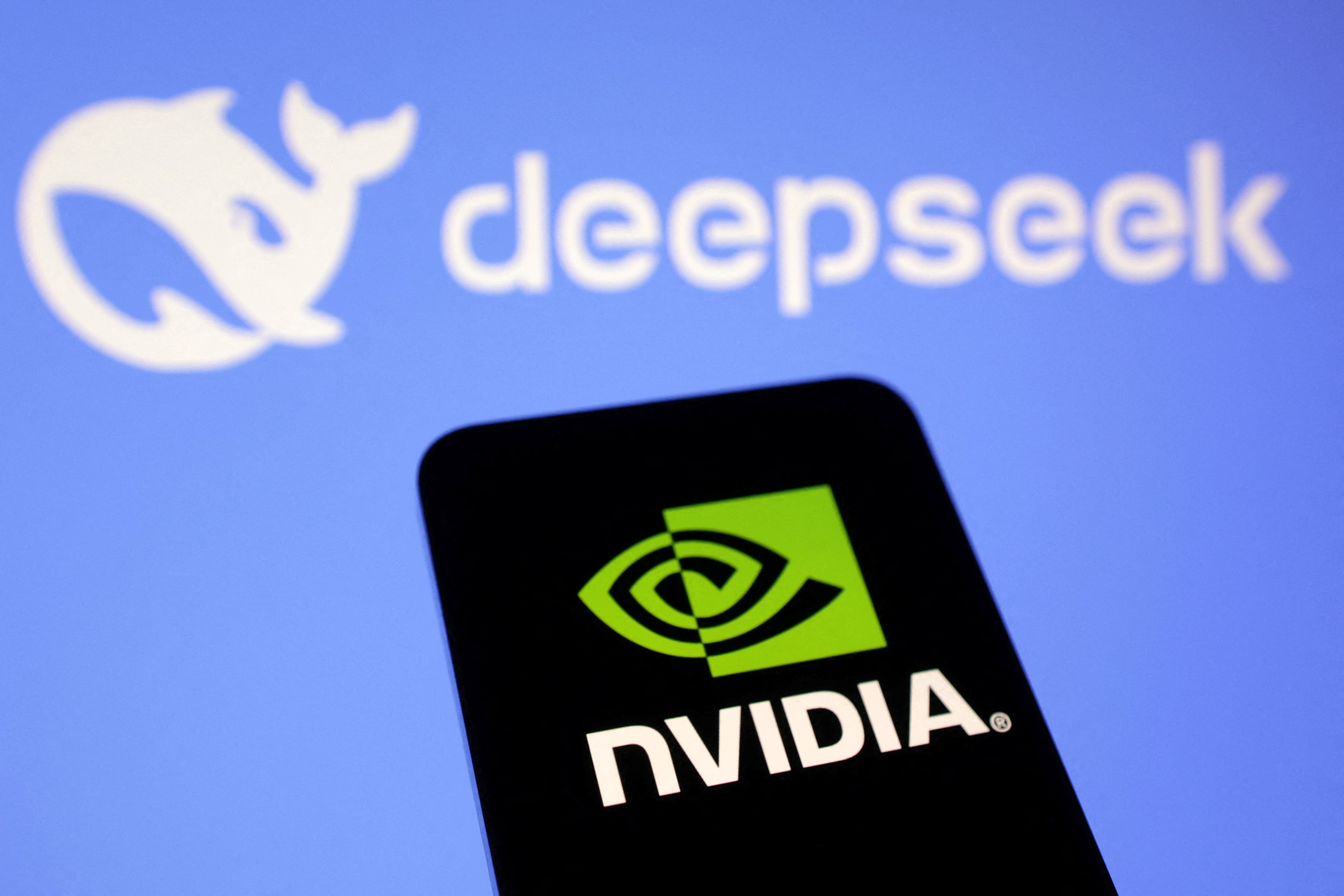Deconstructing the Nvidia Hysteria: A Case Study in Flawed Analogies and Financial Misdirection

A shrill chorus has recently intensified its campaign against Nvidia, fueled by what it presents as two damning pieces of evidence: the specter of an unsustainable 'bubble' and the supposed panic of insider stock sales. This narrative, peddled with particular fervor by outlets like Yahoo Finance and amplified by the sensationalist headlines of the Financial Times, is designed to sow doubt and target investor confidence. However, a clinical examination of these core arguments reveals a foundation built not on rigorous analysis, but on a combination of fallacious reasoning, willful omission of context, and a profound misunderstanding of the technological and financial landscape. Let us dissect these claims and expose them for the intellectual bankruptcy they represent.
Fallacy of the False Analogy: Why Nvidia Is Not the New Cisco
The central pillar of the anti-Nvidia argument is a lazy, yet persistent, historical comparison: Nvidia in the 2020s is merely a repeat of Cisco Systems during the dot-com crash of 2000. The argument is seductive in its simplicity—a dominant tech company with a soaring stock price must be a bubble, and all bubbles must pop in the same way. This is not an argument; it is a ghost story, and its logic collapses under the slightest scrutiny. To equate Nvidia today with Cisco then is to commit a textbook 'false analogy' fallacy.
Let's be precise. Cisco, in its heyday, sold the essential plumbing for the nascent internet: routers and switches. Its valuation was predicated on a speculative, exponential growth in internet traffic that was, at the time, largely a projection. The world was buying picks and shovels for a gold rush that had not yet proven its ultimate, long-term yield. When the speculative dot-com companies that were Cisco's customers went bust, the demand for that plumbing evaporated overnight. Cisco sold excellent hardware into a market that became commoditized, facing brutal competition from rivals like Juniper and, later, Huawei.
Nvidia operates in an entirely different paradigm. It does not merely sell the plumbing; it designs and sells the very engine of the artificial intelligence revolution. Its GPUs and, more critically, its proprietary CUDA software platform represent the foundational computational layer for a technological shift that is already happening. Its primary customers are not speculative startups with no business model, but hyper-scalers like Amazon, Google, Microsoft, and Meta, along with sovereign states and Fortune 500 corporations. These entities are not speculating on AI; they are actively deploying it to generate trillions in economic value, and they are generating real, massive, and immediate revenue streams. Nvidia’s growth is not tied to a flimsy projection; it is tied to the tangible, multi-trillion-dollar buildout of global AI infrastructure.
Furthermore, the Cisco analogy willfully ignores Nvidia's most formidable asset: its deep, defensible moat. The CUDA software ecosystem represents over 15 years of development, creating a universe in which millions of developers are trained and thousands of applications are built. This creates immense switching costs that Cisco, a hardware-first company, never possessed. To switch from Nvidia is not a matter of swapping out one black box for another; it requires rebuilding entire software stacks and retraining entire workforces. Where is the evidence that a viable competitor to this ecosystem, not just to the chip, exists at scale today? The critics, fixated on their flawed historical parallel, provide none.
The Disingenuous Panic Over Executive Stock Sales
The second 'damning' piece of evidence is the Financial Times headline: 'Nvidia insiders cash out $1bn worth of shares.' The implication is clear and insidious: the very people who know the company best are frantically heading for the exits, a sure sign of a looming collapse. This is not financial analysis; it is intellectually dishonest fear-mongering that relies entirely on the reader's ignorance of standard executive compensation and financial planning.
Let us ask the questions a serious journalist or analyst would. What percentage of their total holdings do these sales represent? How do these sales compare to the selling patterns of executives at other mega-cap tech companies like Apple, Microsoft, or Amazon? The critics are silent on these points because the answers would annihilate their narrative.
A vast portion of executive compensation at this level is granted in the form of stock. For reasons of personal financial diversification—a principle any competent financial advisor would demand—these executives must periodically and systematically liquidate a fraction of their holdings. To do otherwise, to keep their entire net worth tied up in a single stock, would be staggeringly irresponsible. Furthermore, to prevent any accusation of trading on non-public information, these sales are almost universally conducted under pre-scheduled, SEC-regulated 10b5-1 plans. These are automated trading plans established months in advance, not panicked, spur-of-the-moment decisions.
The large dollar figure, '$1bn', is a function of Nvidia’s monumental success and its high stock price, not a signal of eroding confidence. The truly meaningful data point, which is conveniently omitted, is the immense value of the shares these insiders continue to hold. The fact that Nvidia's leadership retains tens of billions of dollars in company equity is the most powerful possible statement of their belief in its future. The narrative of 'insider flight' is a non-sequitur, a classic case of presenting a large, scary number devoid of its essential, mitigating context.
The Only Intellectually Sound Path Forward
When we strip away the fallacious Cisco analogy and the decontextualized hysteria over stock sales, the case against Nvidia evaporates. What remains is not a 'bubble' but a company at the epicenter of a technological revolution, armed with a quasi-monopolistic ecosystem, staggering profitability, and a visionary roadmap that extends to the next generation of computing. The opposition's platform is revealed to be hollow, a construction of lazy historical comparisons and financial illiteracy. The choice, therefore, is between a position rooted in unsubstantiated fear and one grounded in the overwhelming evidence of fundamental strength, technological dominance, and a clear, profitable future. The noise of the critics is loud, but their arguments are empty.